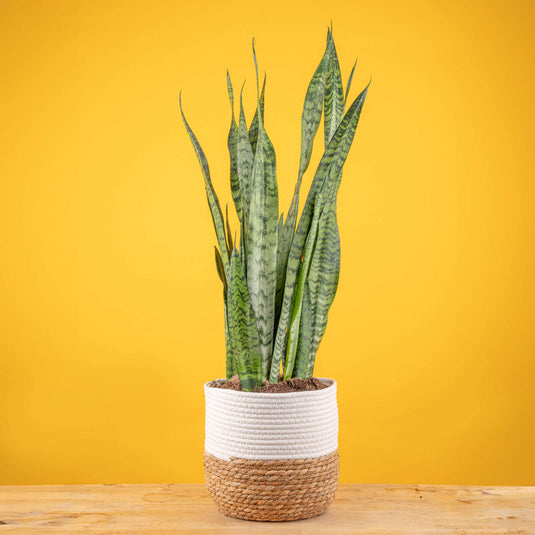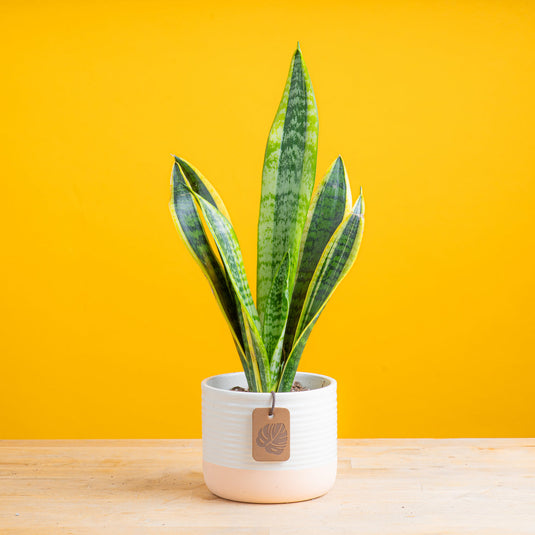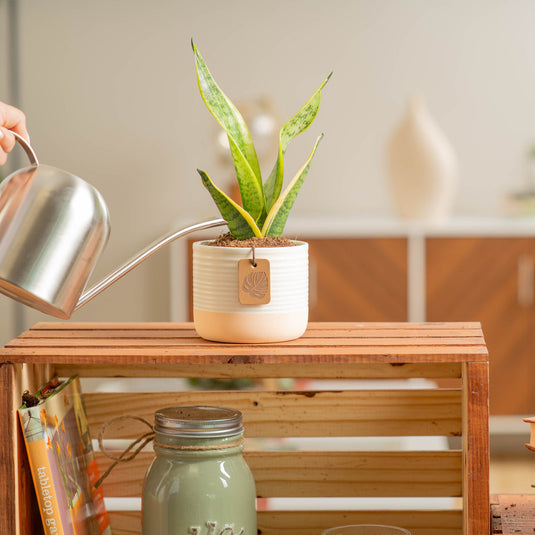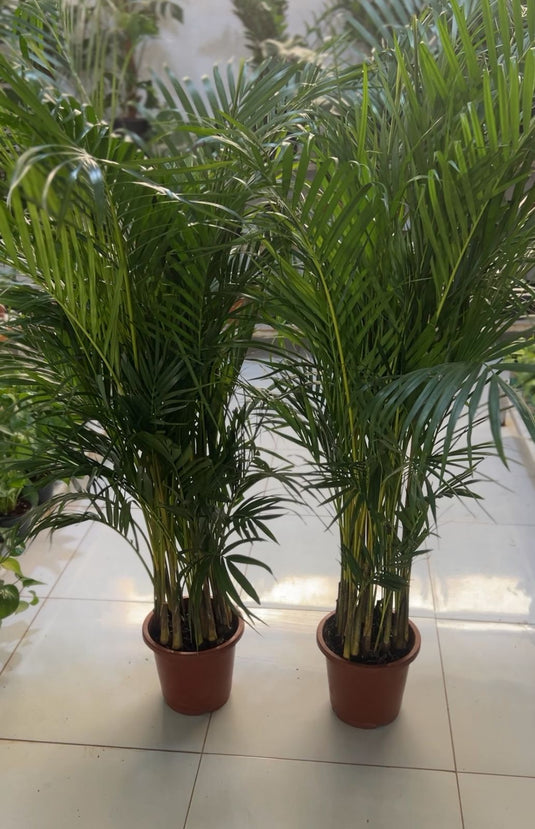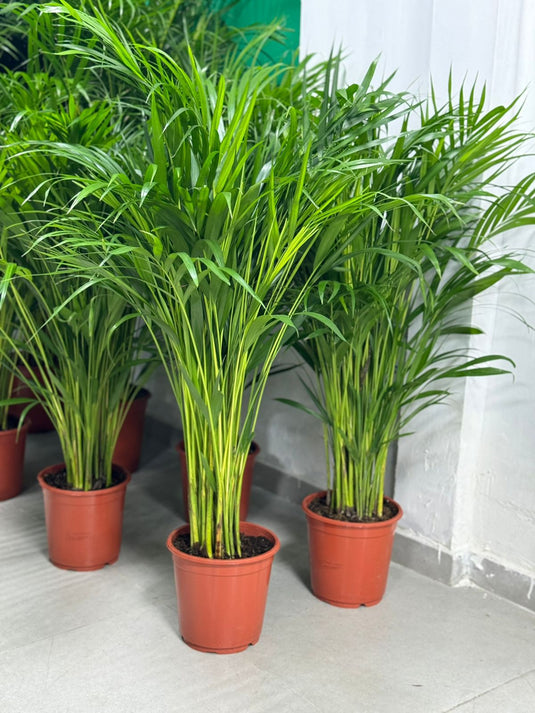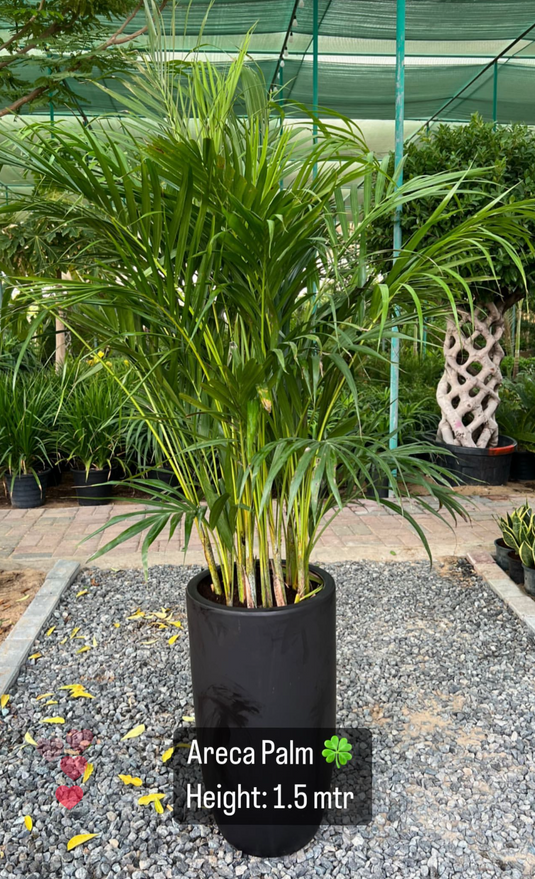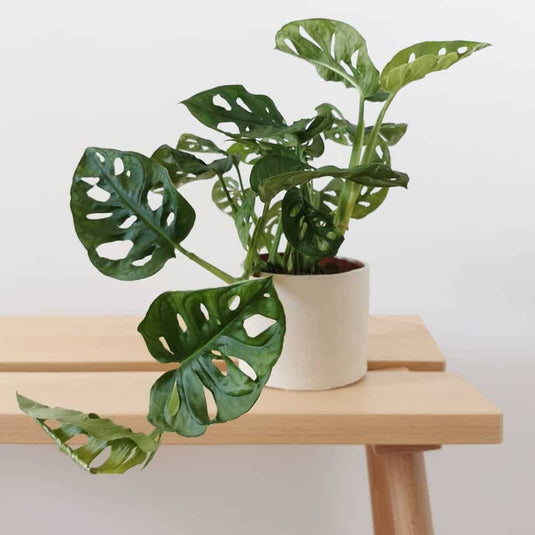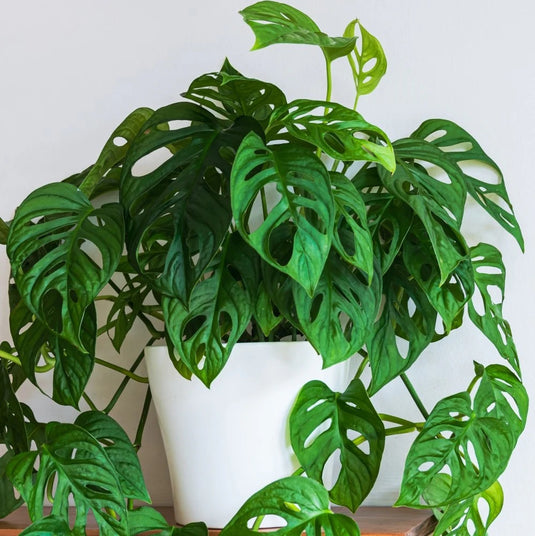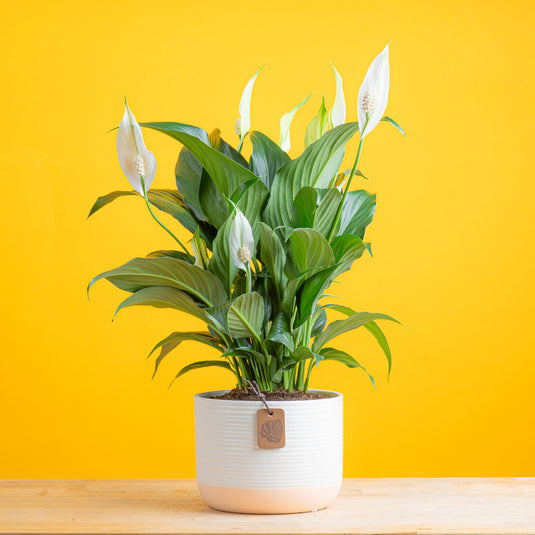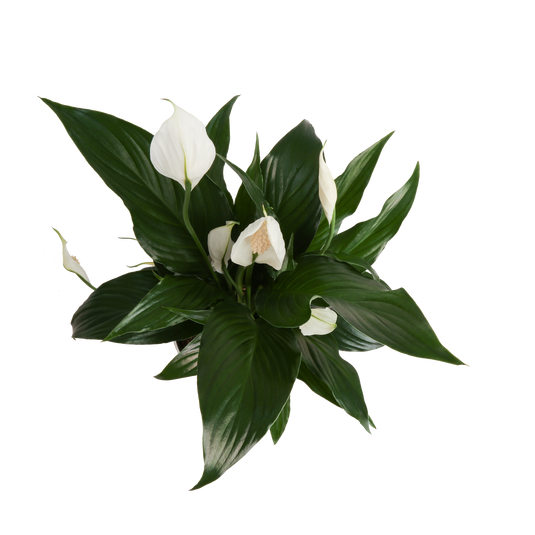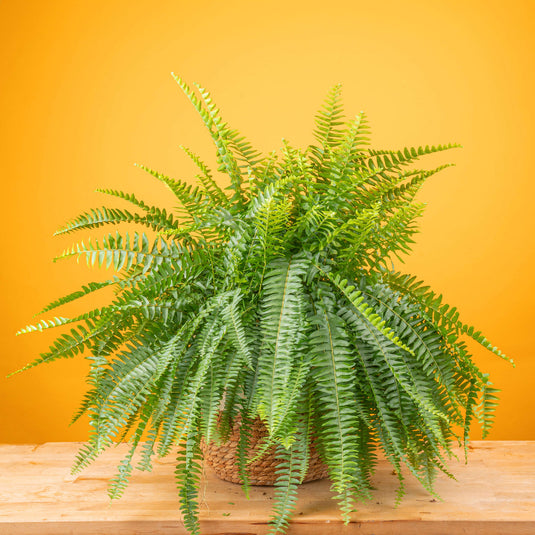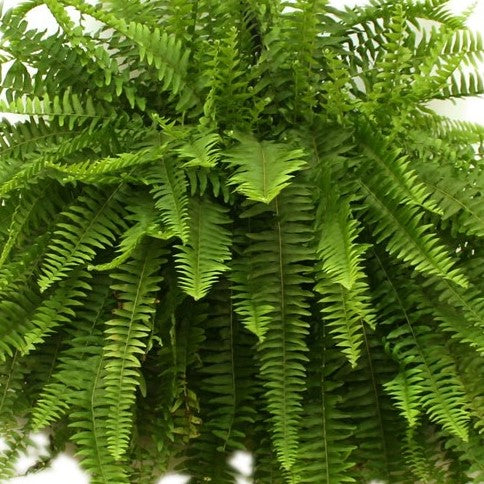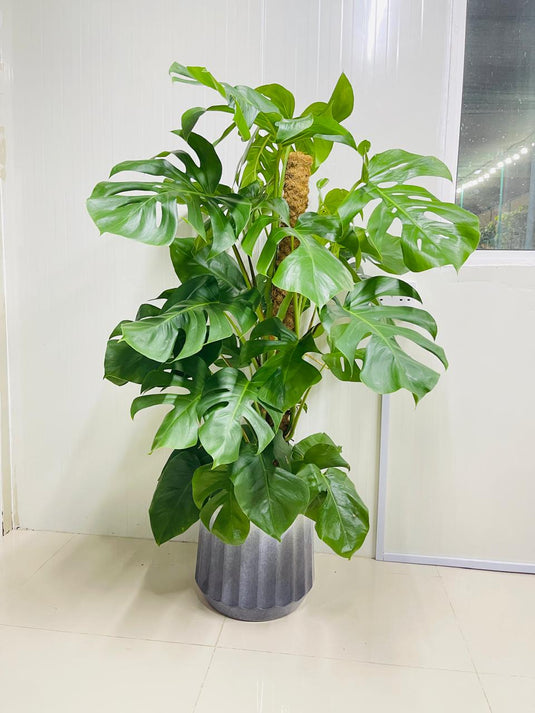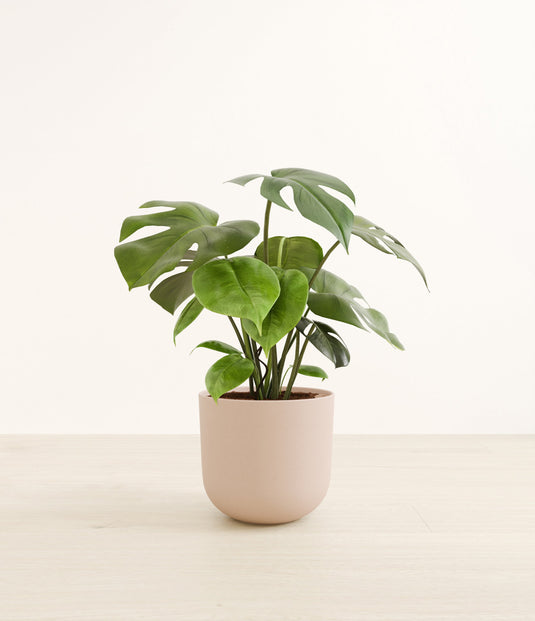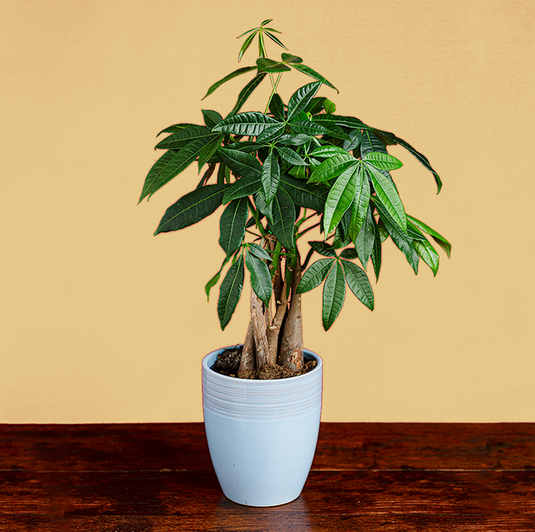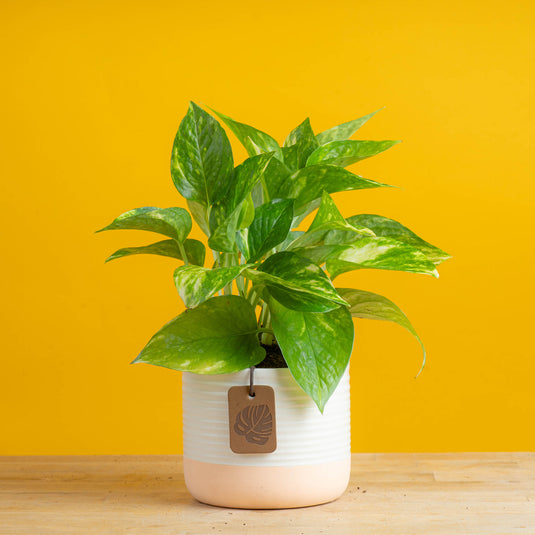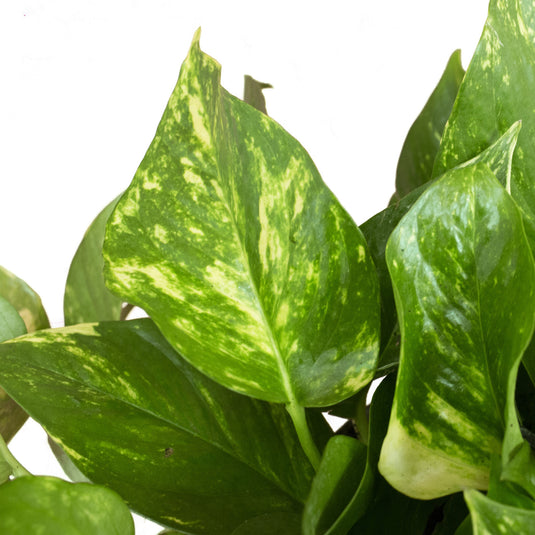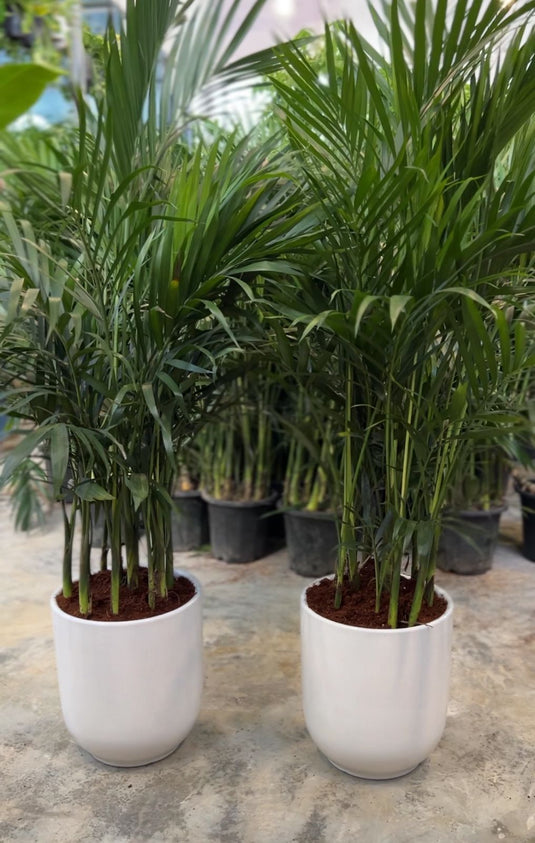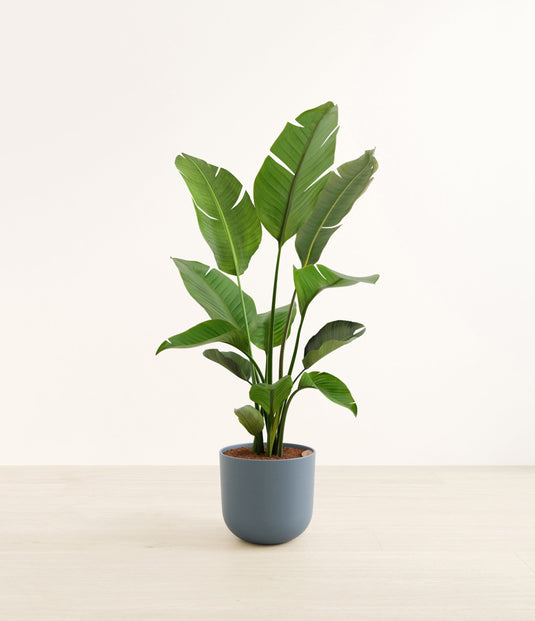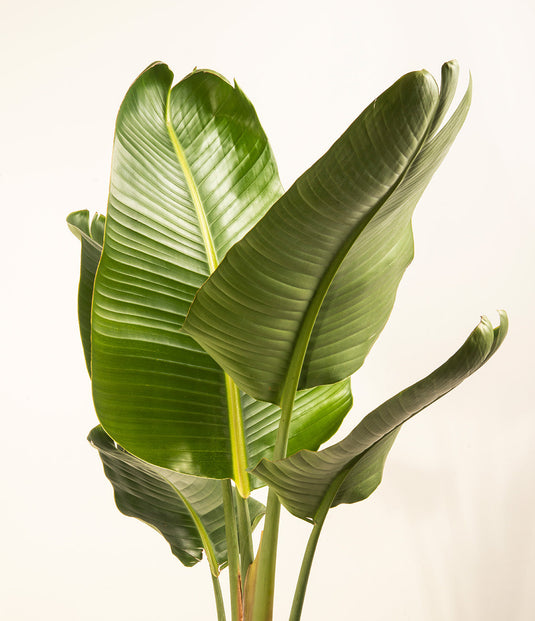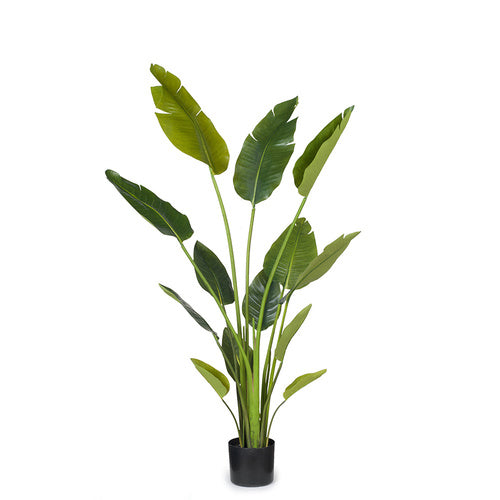Snake Plant
- Healthy Arrival Guarantee
- Free Plant Care Consultation
- Safe & Secure Payment
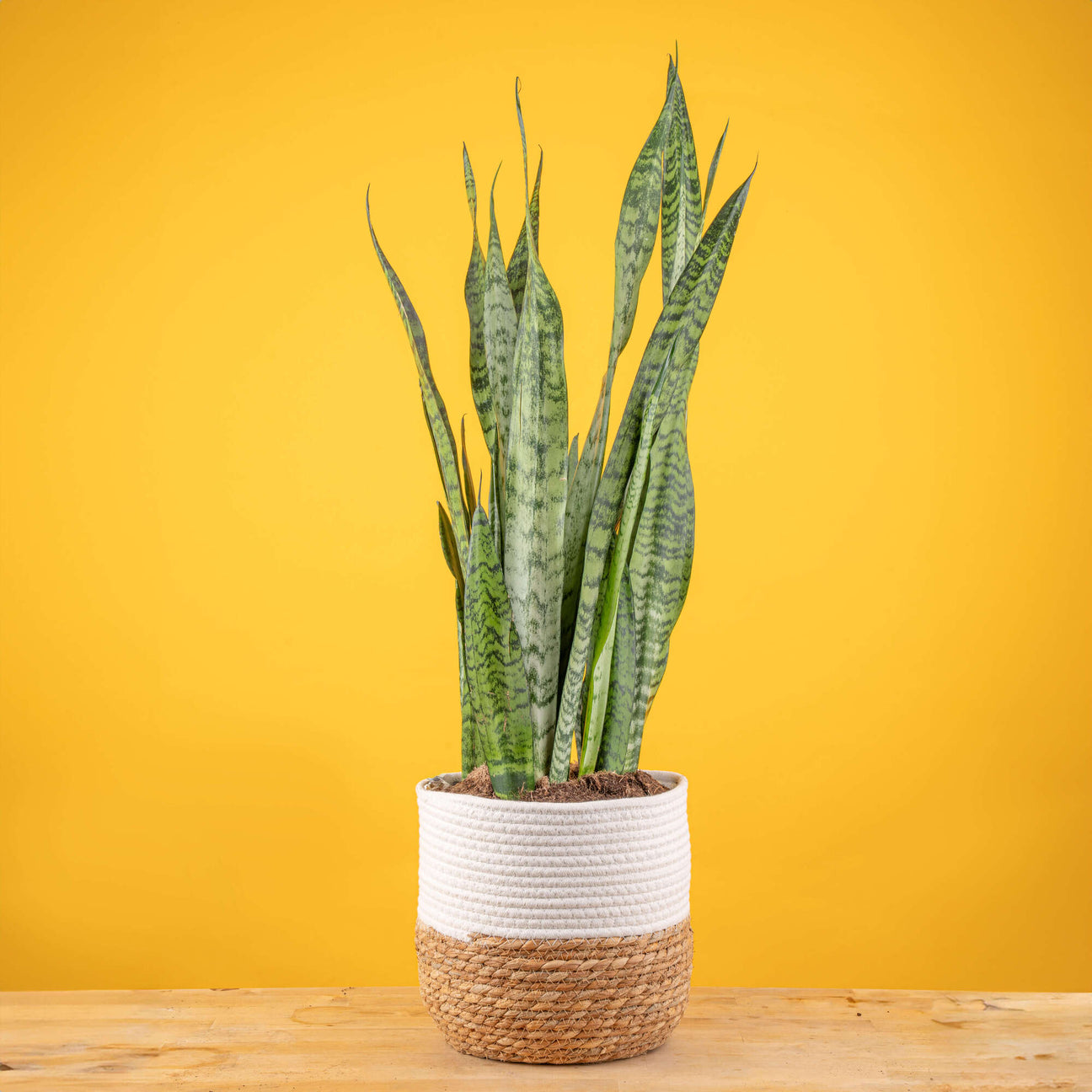
We will send you a notification as soon as this product is available again.
-
Estimated delivery: Dec 27 - Dec 31
-
Free return within 7 days of purchase.
Plant Description
The Snake Plant (Sansevieria trifasciata), also known as mother-in-law's tongue. The global market for indoor plants, including Snake Plants, is expected to reach approximately USD 26 billion by 2030.
How Snake Plant Brings 5 Health Benefits to Your Space
1. Air Purification:
Research from NASA’s Clean Air Study highlights that the Snake Plant can effectively filter indoor air pollutants, such as formaldehyde, xylene, and toluene, enhancing indoor air quality.
2. Oxygen Production:
The Snake Plant is unique among houseplants as it converts carbon dioxide into oxygen at night, promoting better air quality and potentially improving sleep quality.
3. Low Maintenance:
Studies indicate that the Snake Plant requires minimal care, thriving in low light and with infrequent watering, making it an ideal choice for busy individuals or beginners.
4. Resilience to Conditions:
The Snake Plant can tolerate a wide range of temperatures and humidity levels, demonstrating adaptability to various indoor environments and making it suitable for diverse settings.
5. Aesthetic Appeal:
With its striking vertical leaves and architectural form, the Snake Plant adds visual interest to any room, contributing to an enhanced indoor aesthetic.
Disadvantages
- While it thrives in low light, the Snake Plant also benefits from indirect sunlight, encouraging placement in various light conditions.
- The need for infrequent watering promotes a low-maintenance care routine, allowing for flexibility in plant care schedules.
- The Snake Plant is mildly toxic to pets if ingested, highlighting the importance of careful placement in homes with animals.
- The Snake Plant grows slowly, allowing for a longer-lasting presence in indoor spaces and less frequent repotting.
Frequently Asked Questions
1. Does the Snake Plant improve indoor air quality?
Yes, studies confirm that the Snake Plant can effectively filter indoor air pollutants.
2. Can the Snake Plant survive in low light?
Yes, the Snake Plant is well-suited for low-light conditions, making it an adaptable indoor plant.
3. Is the Snake Plant easy to care for?
Yes, it is considered low maintenance and suitable for both novice and experienced plant owners.
4. Is the Snake Plant safe for pets?
No, the Snake Plant is mildly toxic to pets if ingested, so careful placement is recommended.
Final Verdict: Should I Buy the Snake Plant?
Yes, the Snake Plant offers resilience and aesthetic appeal make it an excellent addition to any indoor space.
Plant Care
Watering
Water your plant once a week or when the soil starts to feel slightly dry on the surface. Keep the soil consistently moist, but be careful not to overwater, as this can cause brown spots and leaf drop. If the leaves become curly or dry, it's a sign that the plant needs water. It's best to water your plant in the early morning or late evening when the temperatures are cooler. Always check the soil before watering.
Light
Provide bright indoor light or indirect sunlight for about 6 to 8 hours a day.
Temperature
Maintain temperatures between 18°C and 24°C. Avoid exposing the plant to drafts, as these can cause undesirable temperature fluctuations. Mist the plant occasionally, about twice a week, to help maintain optimal humidity levels.
Fertilizer
Apply liquid fertiliser every 15 days when the plant is actively growing. For best results, use Folikraft ready-to-use Indoor Plant Food.



